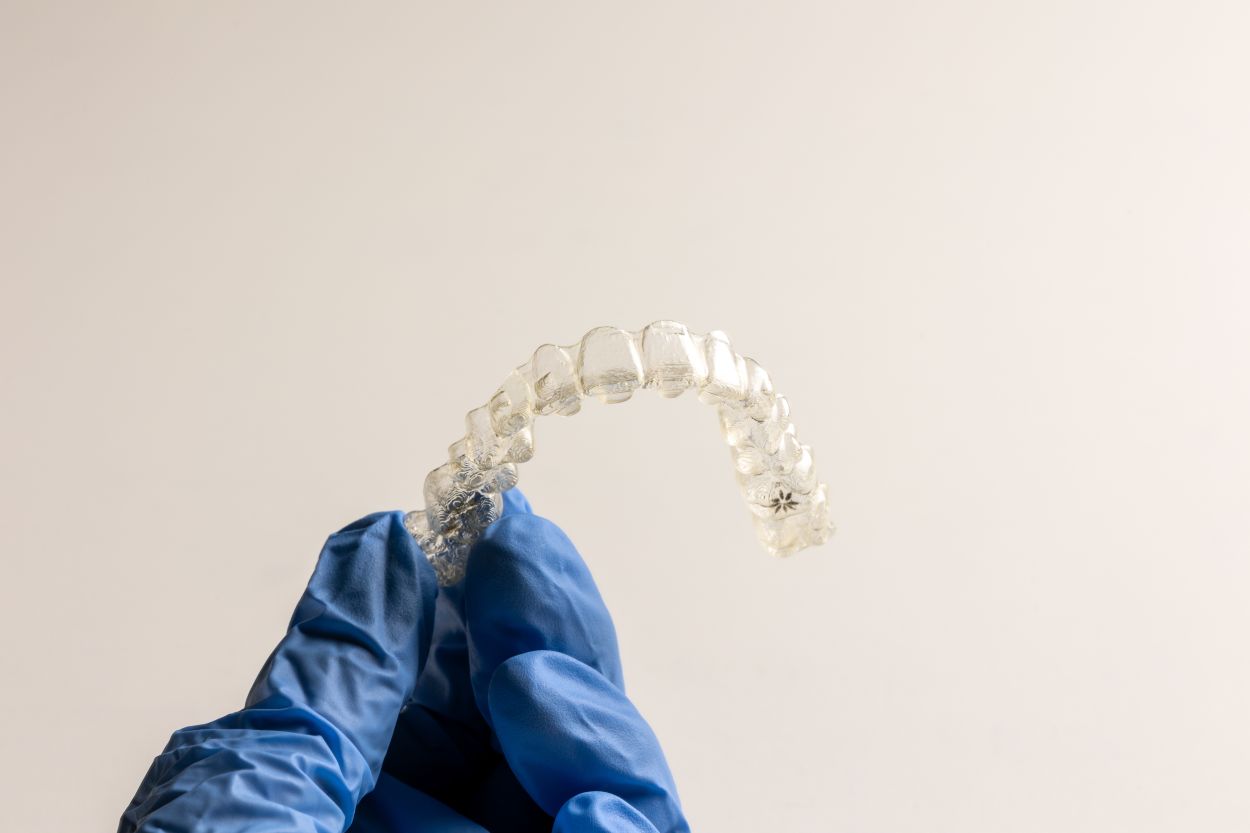The end of treatment is not the end of the work
On the day their braces or aligners are removed, many people think that the journey is over. In reality, the real challenge begins at that point: preventing the teeth from returning to their former position.
This is the whole point of orthodontic retention, a step that is often overlooked but essential for preserving the results of treatment.
Why teeth still move after treatment
Even when perfectly aligned, teeth continue to move. The supporting fibers of the gums and surrounding muscles retain a kind of “memory.” Without stabilization, they gradually exert pressure that can cause certain teeth to move.
Other factors also contribute to this:
- Growth in young people;
- Habits (chewing, tongue posture, mouth breathing);
- Natural wear and tear with age.
The result: without a retention device, teeth can shift subtly, ruining years of effort and investment.
What Orthodontie CDN offers: customized retention
Where many practices settle for a standard appliance after treatment, we develop an individualized retention protocol based on three criteria:
- Biological profile (tooth mobility, muscle tone, age, type of treatment).
- Lifestyle (sports activities, nighttime wear, motivation to follow up).
- Aesthetic and functional objectives (perfect stability or slight flexibility allowed).
Three pillars for a lasting smile
Hybrid retention: a combination of a discreet fixed wire behind the teeth and a night guard. This combines mechanical stability with everyday comfort.
Gradual transition: instead of abruptly stopping the use of the appliance, we plan a gradual reduction: full wear for the first few weeks, then nighttime only, with personalized follow-up.
Extended post-treatment follow-up: appointments at 6 months, 1 year, and 3 years allow us to adjust the device as needed and intervene before any visible movement occurs.
The patient plays an active role in their retention
A lasting smile is a shared responsibility.
We explain to each patient how to:
Clean and store their aligners;
Identify the first signs of movement (slight misalignment, unusual pressure);
Request a check-up before the situation changes.
Orthodontic retention is not a secondary step: it is the key to long-term stability.
A rigorous approach, combined with intelligent monitoring and patient education, transforms simple tooth straightening into lasting results.

